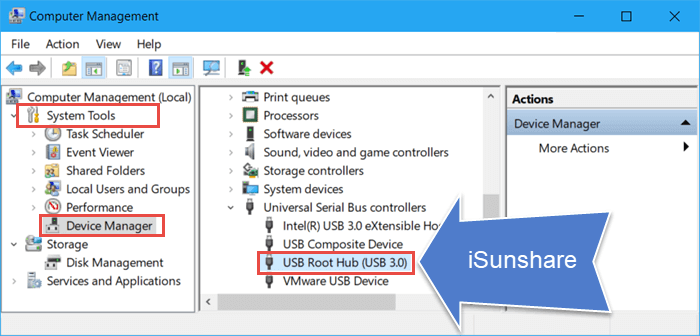
In AMI BIOS, go to the "Integrated Peripherals" section and set the "Enabled" value for four options: If USB 3.0 port support is required, activate the appropriate item (USB 3.0 Support). To configure USB ports in UEFI, you must go to the "Peripherals" tab and set the "Legacy USB Support" parameter "Enabled". Click "Restart", the next time you start the BIOS UEFI interface.


If Windows 8 or 10 with Bios UEFI does not work, try the following method:Īfter reboot, select "Diagnostics", then go to " Extra options"And open the settings of the built-in UEFI. Without quickly launch You will see all stages windows downloads And you can get to the BIOS. Disable for a while this technology can be in the Power Parameters: In the case of a laptop, this screen does not appear, because the function is activated. Enable ports in BIOSįor bIOS entrance When loading, click on Delete, F2 or other key depending on the model system board. If nothing has changed, then restart the laptop and go to the BIOS. Before you perform the USB setting in the BIOS, disconnect unnecessary equipment from the laptop and check whether the ports will earn.

When using a USB hub, the laptop may not be able to provide all the devices with power, as a result of which the USB connectors will stop responding. If the USB ports suddenly stopped working, and you are now looking for how to enable them, then look at the first thing, there is not much device connected to a laptop. All ways are available to regular users and do not require special training. If access to the USB connectors was prohibited intentionally using a special software, then you can unlock it in the program where the interface is blocked. You can enable USB ports on a laptop via BIOS, device manager, registry editor or editor group Policy.


 0 kommentar(er)
0 kommentar(er)
